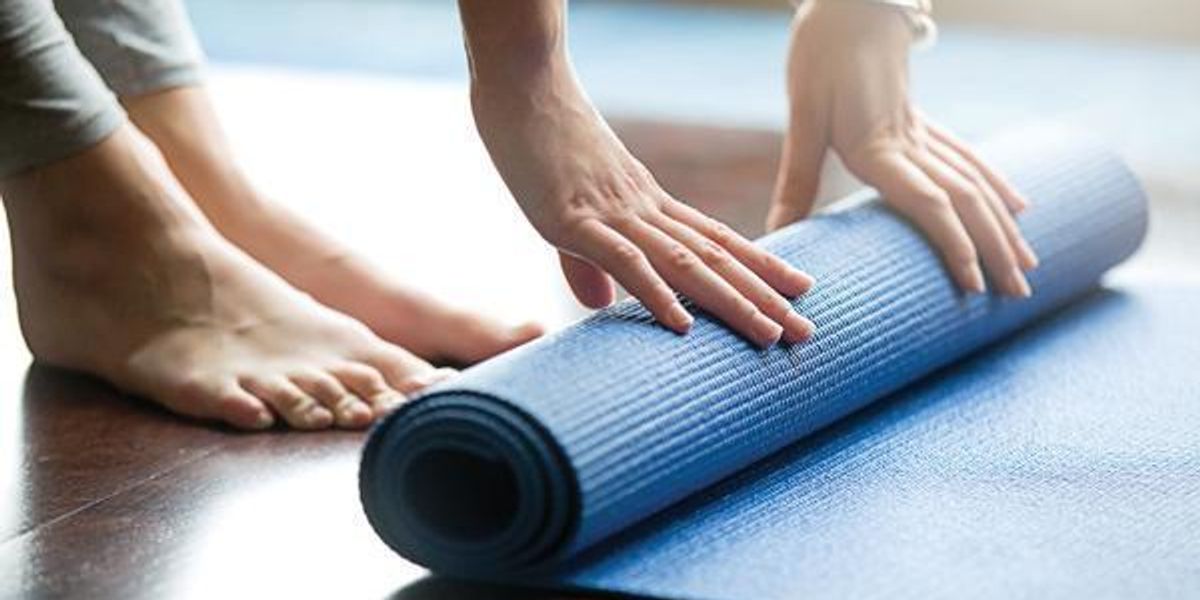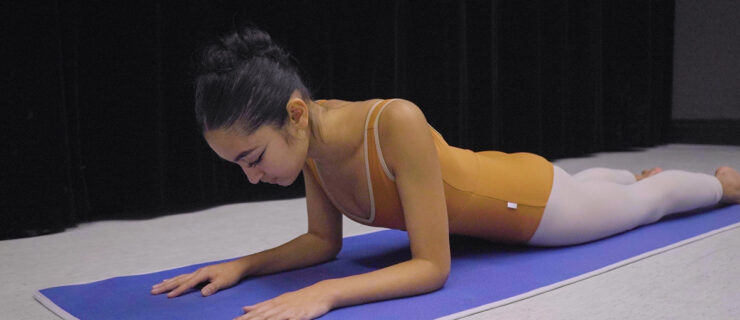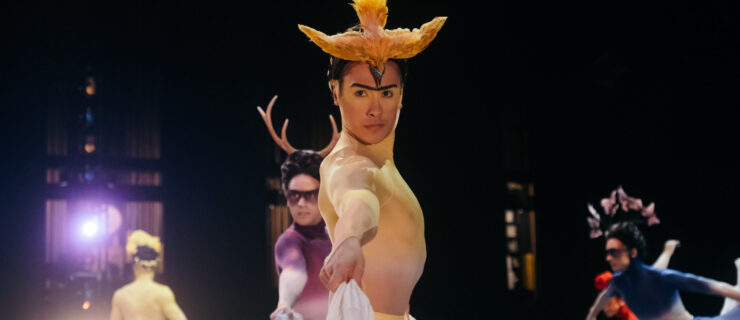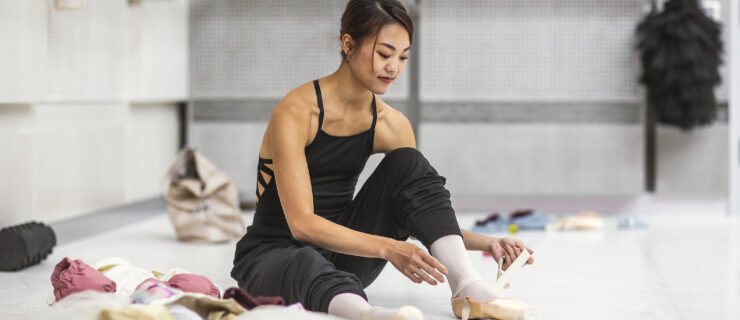What Your Yoga Teacher Wishes You Knew
Yoga has become a popular form of cross-training for ballet dancers, thanks to its stretching, strengthening and stress-relieving benefits. But it also poses challenges: How do you adapt your flexibility and turnout and shed your competitive nature to get the most out of class? Jennifer Goodman, a Chicago-based yoga instructor, freelance dancer and former Joffrey Ballet member, shares her tips for what you should and shouldn’t be doing when you roll out your mat.
Don’t push your flexibility to the max.
It might feel nice to sink into a pose, but it won’t do you any good. When you dial back your extensions, says Goodman, you start to gain strength to support your flexibility. And pushing too far could lead to injury. “Especially if you’re in a heated yoga class, you can overstretch,” she says, citing a fellow dancer who pulled her hamstring but didn’t realize it until afterwards.
Hyperextended? Microbending your knees isn’t cheating.
Finding your longest line is often encouraged in ballet, but locking back into the knee joint can cause strain in poses like triangle and uttanasana (standing forward fold). Bend the knee slightly, and think about engaging your thigh as well as pulling up out of the joint.
Say “yes” to turning in.
 Matthew Henry via Burst
Matthew Henry via Burst
Much of yoga—think downward dog, warrior III—uses parallel alignment. “It’s a great balance to work on other muscles that we don’t work in ballet,” says Goodman. Avoid the temptation to open your hip when you lift a leg in downward dog split. “Yes, your leg is going to be a lot lower.” But as you become more comfortable turning in, Goodman says, contemporary rep will feel more natural.
Modifying doesn’t mean you’re lazy.
“If you’re starting to shake, feel fatigued or feel any little pull, drop back,” she says. Maybe you skip some of the chaturanga dandasanas (moving from high to low plank), or you lie down with your legs up a wall instead of doing a handstand.
Let the belly move.
“As you inhale, you let the belly puff out, and dancers think, No, I can’t do that.” This motion gives you a larger capacity to breathe, can increase your stamina and makes your movements less rigid. Train yourself to breathe continually during yoga, and you’ll notice a difference in your dancing.
Leave ballet at the door.
 JD Mason via Unsplash
JD Mason via Unsplash
“Yoga is a nurturing environment and all about accepting where you’re at,” says Goodman. Set aside your competitive streak or any thoughts about not being good enough or thin enough. Besides the physical practice, many teachers incorporate a message into each class, like letting go of self-judgment. These positive kernels can help foster a healthier perspective about ballet.
How often should you take yoga?
For dancers who already have a demanding schedule, Goodman doesn’t recommend more than three challenging classes—such as hot yoga, power yoga or advanced vinyasa flow—per week. If you crave more, you can mix in less strenuous classes, like restorative or yin yoga, which encourage gentle stretching and relaxing.





